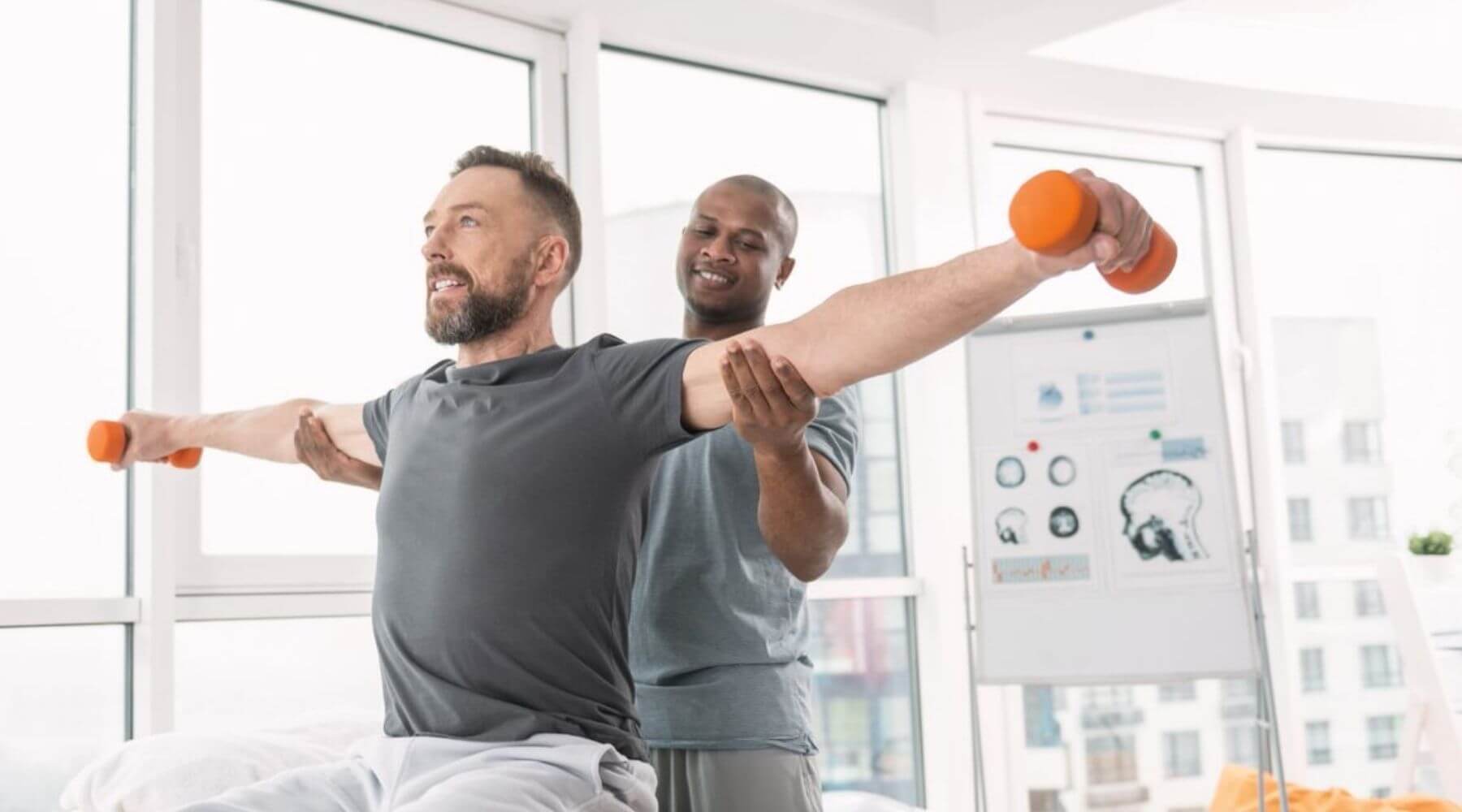Understanding the Techniques for Bodily Therapy toward Improved Rehabilitation as well as Rehabilitation
Bodily treatment represents a important aspect of healing and recovery for many people. This assists people restore power, improve flexibility, and alleviate pain after traumas or procedures. Various approaches to bodily rehabilitation, all designed to address the particular needs of clients. Grasping these diverse approaches can help people take informed choices about their healing journey.
One typical method to physical treatment is hands-on treatment. Such technique includes hands-on care by a physiological therapist to handle muscle tissue and joints. Physical rehabilitation can aid alleviate pain, boost circulation, and boost mobility. Practitioners may use methods such as massage, connection movement, and flexibility exercises to help clients heal. This technique is frequently beneficial for those with skeletal problems, such as lower back discomfort or arthritic conditions, as it centers on the physical elements of healing.
A different significant technique is therapeutic physical activity. This technique involves particular exercises tailored to improve power, stability, and coordination. Bodily therapists design personalized physical activity programs based on the individual's condition and objectives. Such exercises can differ from easy movements to more advanced exercises. Rehabilitative movement is essential for regaining strength after an trauma and stopping future complications. It furthermore helps patients restore belief in their physical capabilities, which is crucial for complete healing.

Aquatic rehabilitation is an additional beneficial method that utilizes liquid to aid in rehabilitation. This method takes advantage of the floatation of water, which reduces the stress on connections and facilitates more comfortable activity. Clients can execute movements in a swimming pool, making it a great option for those with limited flexibility or soreness. Water-based rehabilitation can assist improve power, mobility, and resilience while delivering a nurturing setting for recovery. It is notably advantageous for clients healing from operations or those with chronic pain problems.
Finally, knowledge and self-management are crucial components of physical treatment. Bodily practitioners not just offer care but furthermore educate clients about their conditions and how to visit the site cope with them. Such entails understanding body movement, alignment, and the importance of staying involved. Through empowering patients with understanding, specialists aid them adopt an proactive role in their healing. Such technique motivates patients to persist their rehabilitation beyond the scope of treatment sessions, contributing to improved long-term outcomes.
In summary, physiological rehabilitation offers diverse methods to enhance healing and recovery. Manual treatment, rehabilitative physical activity, aquatic rehabilitation, and knowledge all have important roles in aiding patients restore their strength and flexibility. Every technique is customized to meet the individual requirements of patients, providing a complete approach to rehabilitation. Through understanding these diverse methods, individuals can more successfully manage their recovery path and strive towards achieving their recovery goals.